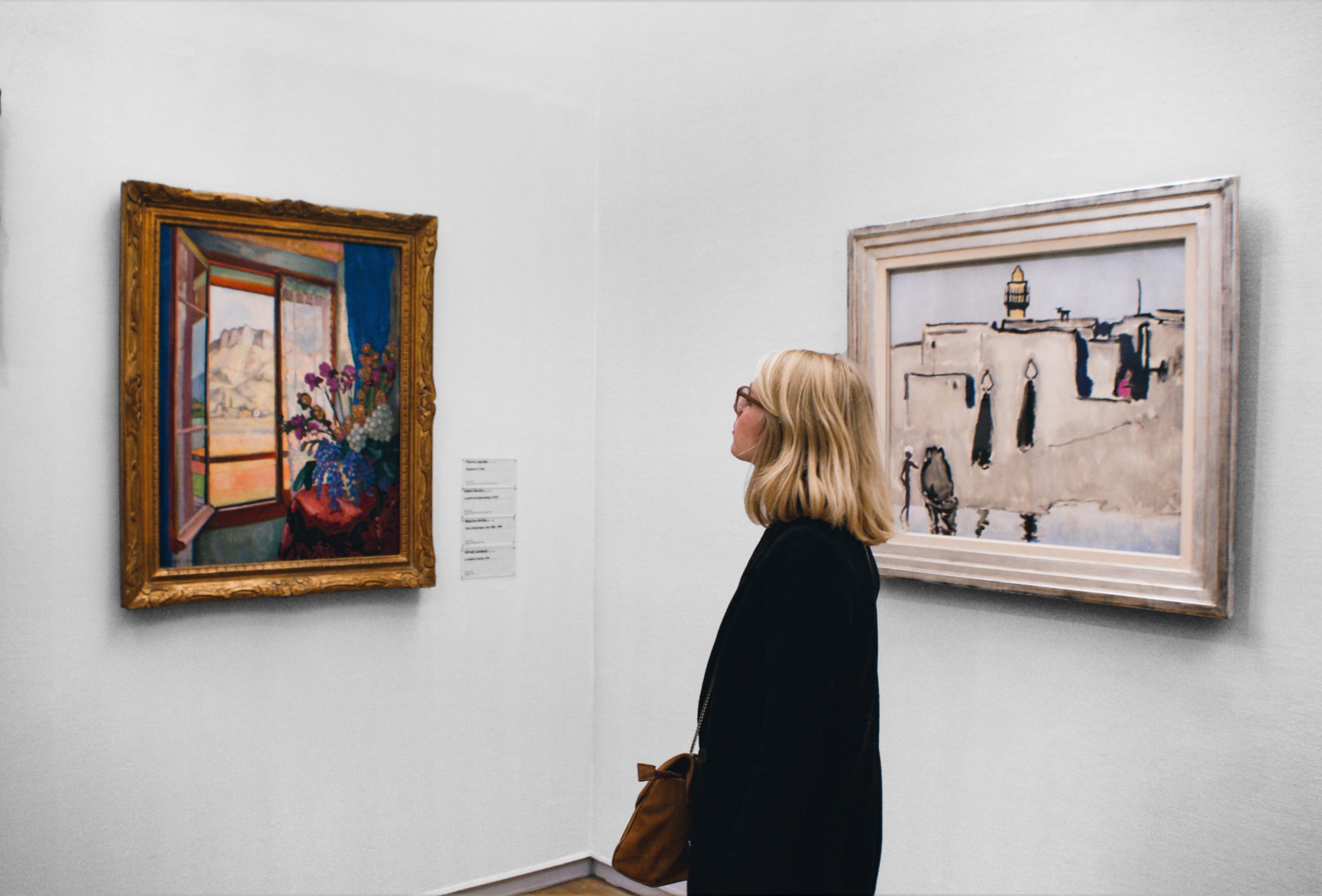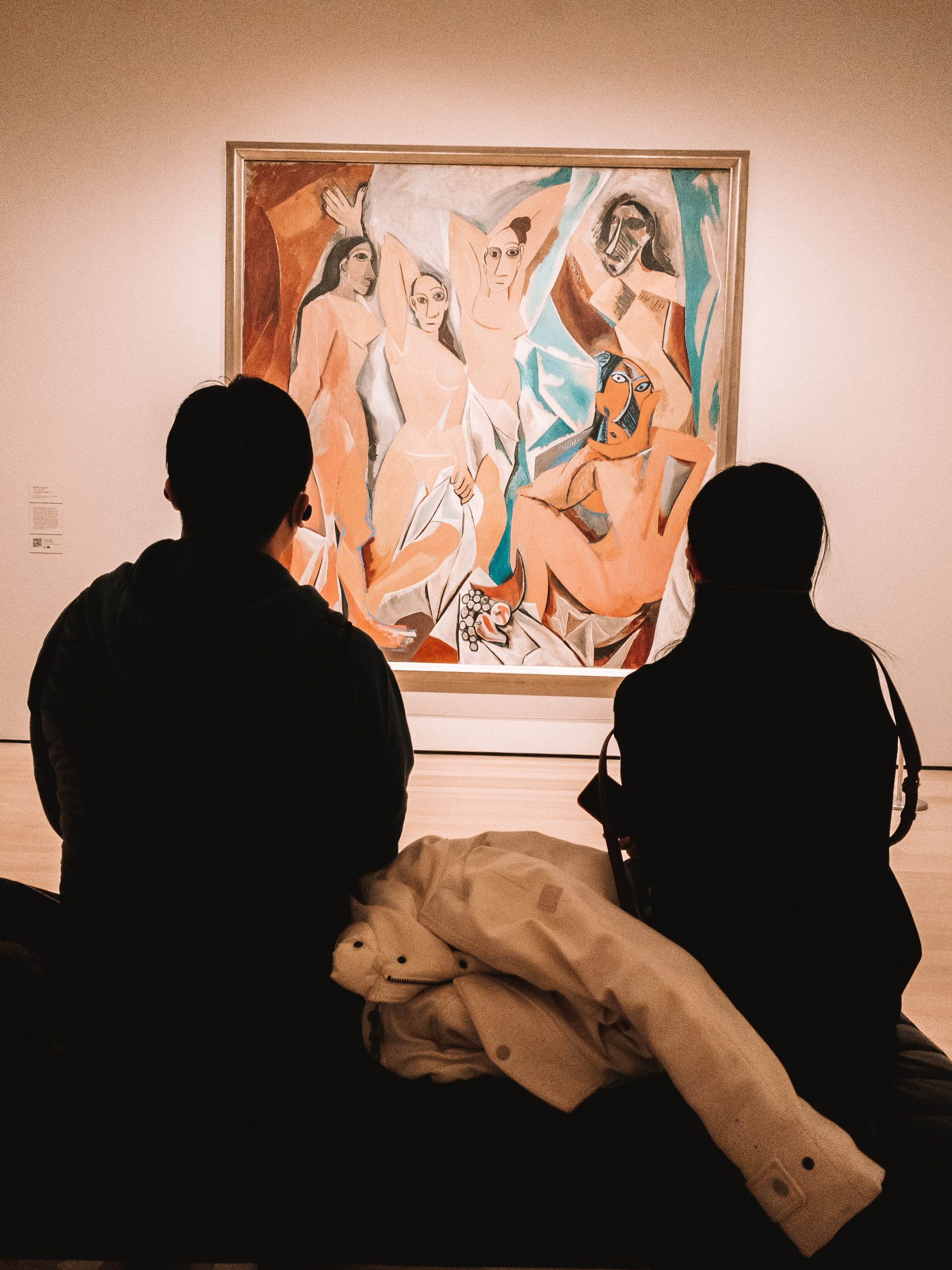
In the realm of art, creativity knows no bounds. Assemblage, a dynamic and versatile artistic technique, involves creating compositions by assembling and combining various objects and materials. This form of artistic expression goes beyond traditional two-dimensional mediums, bringing a tactile and multidimensional quality to artworks. In this article, we will delve into the fascinating world of assemblage art, exploring its definition, history, and showcasing six compelling examples that demonstrate the diversity and ingenuity of this unique artistic approach.

Understanding Assemblage Art:
Definition:
Assemblage is an art form that involves the combination of disparate materials, objects, and found items to create a cohesive and often three-dimensional composition. Artists working in this medium use their skills to arrange, juxtapose, and repurpose elements, resulting in intricate and thought-provoking artworks.
History:
The roots of assemblage can be traced back to the early 20th century, with artists like Pablo Picasso and Georges Braque experimenting with incorporating everyday objects into their Cubist paintings. However, it was in the 1950s and 1960s that assemblage emerged as a distinct art movement. Artists such as Robert Rauschenberg, Joseph Cornell, and Louise Nevelson played pivotal roles in popularizing and pushing the boundaries of this unique form of artistic expression.
Six Examples of Notable Assemblage Artworks:
1. “Monogram” by Robert Rauschenberg (1955-1959):
– Artist’s Approach:
Rauschenberg’s “Monogram” is a groundbreaking example of assemblage art. The piece features a taxidermied angora goat, a tire, and a painted wooden platform.
– Significance:
“Monogram” challenges traditional notions of sculpture by integrating unconventional materials. The juxtaposition of the goat, tire, and other elements creates a surreal and visually captivating composition.
2. “Soap Bubble Set” by Joseph Cornell (c. 1936-1937):
– Artist’s Approach:
Joseph Cornell was a master of assemblage, and “Soap Bubble Set” exemplifies his meticulous and imaginative approach. The artwork features a wooden box containing various objects, including a glass bubble pipe and printed ephemera.
– Significance:
Cornell’s “Soap Bubble Set” reflects his fascination with nostalgia and the poetic juxtaposition of seemingly unrelated items. The piece invites viewers into a whimsical world of memory and imagination.
3. “Sky Cathedral” by Louise Nevelson (1958):
– Artist’s Approach:
Louise Nevelson is renowned for her monumental assemblage sculptures, and “Sky Cathedral” is a standout example. The piece consists of black-painted wooden boxes arranged into a large, wall-mounted composition.
– Significance:
“Sky Cathedral” reflects Nevelson’s innovative use of repetition and monochromatic tones. The overlapping boxes create a sense of unity and rhythm, transforming discarded materials into a harmonious and monumental artwork.

4. “Bed” by Robert Rauschenberg (1955):
– Artist’s Approach:
Rauschenberg’s “Bed” is a groundbreaking work that blurs the lines between painting and assemblage. The artwork incorporates a quilt, pillow, and sheet affixed to a vertical canvas.
– Significance:
“Bed” challenges traditional notions of art by integrating personal and domestic elements into a fine art context. It symbolizes Rauschenberg’s commitment to breaking down barriers between art and life.
5. “Untitled (Your Gaze Hits the Side of My Face)” by Barbara Kruger (1981):
– Artist’s Approach:
Barbara Kruger is known for her powerful and politically charged artworks. “Untitled (Your Gaze Hits the Side of My Face)” features a found photographic image overlaid with bold text and presented within a wooden box.
– Significance:
Kruger’s assemblage challenges conventional representations of women in art and media. The combination of image and text creates a striking commentary on gender, power, and societal expectations.
6. “The Dinner Party” by Judy Chicago (1974-1979):
– Artist’s Approach:
While primarily known as a monumental installation, Judy Chicago’s “The Dinner Party” incorporates elements of assemblage. The artwork features a triangular table with place settings for notable women throughout history, adorned with intricate ceramics and textiles.
– Significance:
“The Dinner Party” is a landmark feminist artwork that celebrates the achievements of women. The carefully crafted table settings showcase Chicago’s assemblage skills, blending various materials to tell a rich and inclusive narrative.
Exploring Contemporary Assemblage Artists:
Assemblage continues to evolve, with contemporary artists pushing the boundaries of this versatile medium. Artists like Betye Saar, Wangechi Mutu, and Mark Bradford incorporate found objects, textiles, and unconventional materials into their works, contributing to the ongoing narrative of assemblage in contemporary art.
Assemblage art stands as a testament to the boundless creativity of artists who see potential in the discarded, the mundane, and the overlooked. Through the skillful arrangement of materials, these artists transform ordinary objects into extraordinary works of art, challenging traditional notions of medium and representation. The examples highlighted in this article represent a mere glimpse into the rich and diverse world of assemblage, encouraging viewers to explore the limitless possibilities of this captivating artistic technique.








